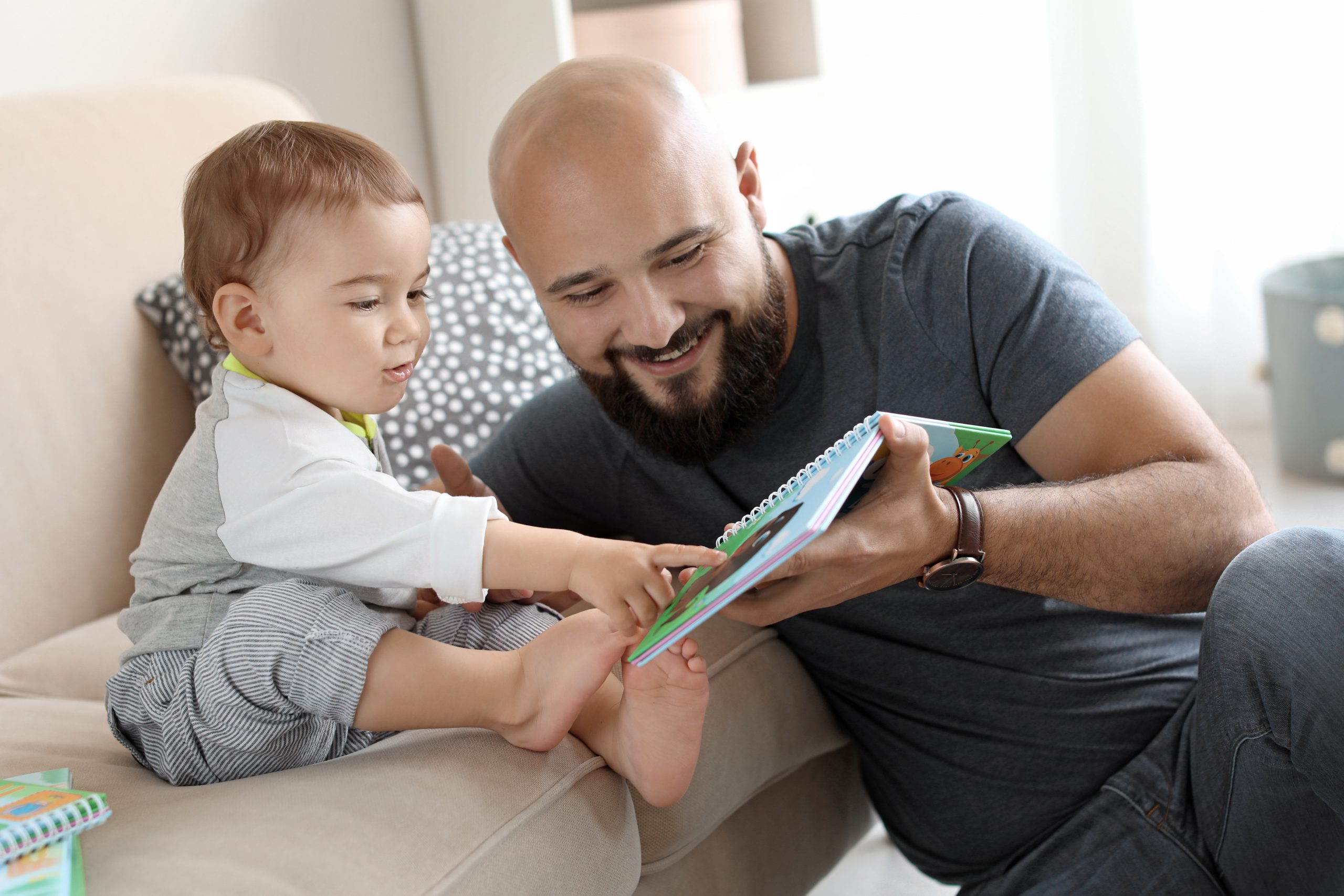The impact of group play therapy on creativity and control of aggression in preschool children
AbstractThe main purpose of conducting this study was to investigate the effectiveness of group play therapy in preschool children’s creativity and aggression control. The research method was experimental along with pretest-posttest design in control group.The sample of study included all preschool students of Dehloran town with a total number of 60 students from preschool students […]
AbstractThe main purpose of conducting this study was to investigate the effectiveness of group play therapy in preschool children’s creativity and aggression control. The research method was experimental along with pretest-posttest design in control group.The sample of study included all preschool students of Dehloran town with a total number of 60 students from preschool students that (30 subjects in experimental group and 30 subjects in control group) were selected by multistage random cluster sampling. The research instruments were Torrance’s creativity questionnaire and aggressiveness questionnaire of Shahim. Their reliability and validity have been confirmed and to analyze the findings, covariance analysis test was used. The major findings of the research indicate that, group play therapy in preschool children’s creativity and aggressionhas a significant effect on the level of 0.01 and it enhances creativity and reduces aggression in preschool children.
The Development and Validity of the Children’s Playfulness Rating Scale
This study was conducted in order to develop a Children`s Playfulness Rating Scale(CPRS) and to analyze it in terms of item discrimination, validity, and reliability. The participants in this study consisted of 861 parents whose children were aged from three to six years old. The item discrimination, determined by comparing the highest and lowest group […]
This study was conducted in order to develop a Children`s Playfulness Rating Scale(CPRS) and to analyze it in terms of item discrimination, validity, and reliability. The participants in this study consisted of 861 parents whose children were aged from three to six years old. The item discrimination, determined by comparing the highest and lowest group using , Cramer`s V, was found to be satisfactory. The reliability of factors, as measured by Cronbach`s , ranged from .85 to .95. The results of factor analysis identified 4 factors and 35 items were then selected from the 45 items in the original scale. The four factors identified were as follows; (1) leading participation (2) cognitive flexibility (3) expression of joy (4) voluntary full immersion. Concurrent validity was also established by using correlations between the CPRS and CPS(Children`s Playfulness Scale). In conclusion, these results demonstrated that the Children`s Playfulness Rating Scale is both reliable and valid.
Cultural Variations in Parental Support of Children’s Play
The purpose of this reading is to highlight the importance of play for children’s development and to examine the role of parents in supporting children’s play in various cultures. Although play is believed to be universal, the amount of attention devoted to play in a particular society depends in part on the cultural beliefs about […]
The purpose of this reading is to highlight the importance of play for children’s development and to examine the role of parents in supporting children’s play in various cultures. Although play is believed to be universal, the amount of attention devoted to play in a particular society depends in part on the cultural beliefs about the nature of childhood, and on the adults’ specific goals for their young children. Researchers have found that some parents consider themselves appropriate social partners for their young children, but in many communities it is older siblings and peers who are the children’s primary play partners. Regardless of their direct involvement in the on-going play activities, parents often provide support and guidance for children’s play.
Pragmatic evaluation of the Go2Play Active Play intervention on physical activity and fundamental movement skills in children
Active play is a novel approach to addressing low physical activity levels and fundamental movement skills (FMS) in children. This study aimed to determine if a new school-based, ‘Go2Play Active Play’ intervention improved school day physical activity and FMS. This was a pragmatic evaluation conducted in Scotland during 2015–16. Participants (n = 172; mean age = 7 years) were recruited […]
Active play is a novel approach to addressing low physical activity levels and fundamental movement skills (FMS) in children. This study aimed to determine if a new school-based, ‘Go2Play Active Play’ intervention improved school day physical activity and FMS. This was a pragmatic evaluation conducted in Scotland during 2015–16. Participants (n = 172; mean age = 7 years) were recruited from seven primary schools taking part in the 5-month intervention, plus 24 participants not receiving the intervention were recruited to act as a comparison group.189 participants had physical activity measured using an Actigraph GT3X accelerometer at baseline and again at follow-up 5 months later. A sub-sample of participants from the intervention (n = 102) and comparison (n = 21) groups had their FMS assessed using the Test of Gross Motor Development (TGMD-2) at baseline and follow-up. Changes in school day physical activity and FMS variables were examined using repeated measures ANOVA. The main effect was ‘group’ on ‘time’ from baseline to follow-up. Results indicated there was a significant interaction for mean counts per minute and percent time in sedentary behavior, light intensity physical activity and moderate to vigorous physical activity (MVPA) (all p < 0.01) for school day physical activity. There was a significant interaction for gross motor quotient (GMQ) score (p = 0.02) and percentile (p = 0.04), locomotor skills score and percentile (both p = 0.02), but no significant interaction for object control skills score (p = 0.1) and percentile (p = 0.3). The Go2Play Active Play intervention may be a promising way of improving physical activity and FMS but this needs to be confirmed in an RCT., • Active play is a promising way of increasing children's physical activity levels. • Active play is a promising way of improving children's fundamental movement skills. • Active play generates high levels of moderate to vigorous physical activity. • Active play emphasises fun, which is key to engaging children in physical activity.
Where science starts: Spontaneous experiments in preschoolers’ exploratory play
Effect of increasing the choice of active options on children’s physically active play
bjectives: To determine whether increasing the choice of physical activity options increases the duration and intensity of children’s physically active play. Design: This cross-sectional laboratory study included gender (male and female) and choice group [single toy (no choice), three toys (low choice), five toys (high choice)] as between participant factors. Methods: Boys and girls (. […]
bjectives: To determine whether increasing the choice of physical activity options increases the duration and intensity of children’s physically active play. Design: This cross-sectional laboratory study included gender (male and female) and choice group [single toy (no choice), three toys (low choice), five toys (high choice)] as between participant factors. Methods: Boys and girls (. n=. 36, 8-12. y) were stratified, randomly assigned to a choice group that always provided access to each participant’s most liked active toy(s), and allowed 60. min of free time. The same sedentary alternatives were freely available to all participants. Physical activity outcomes were measured by accelerometry, heart rate, and direct observation. Results: The number of active toys the children played with increased (. p<. 0.001) across each choice group. Minutes spent in MPA were greater in the low choice (. p<. 0.05) and high choice (. p<. 0.02) groups than the no choice group. Active playtime was greater (. p<. 0.01) in the low choice (79%) and high choice (95%) groups compared to the no choice group. Girls in the low and high choice groups had greater (. p<. 0.05) percent heart rate reserve when compared to girls in the no choice group. There was no difference in the boys' percent heart rate reserve between the no choice, low choice and high choice groups. Conclusions: Increasing the choice of active toys increases both the duration and intensity of physically active play, especially in girls. © 2011 Sports Medicine Australia.
Young children in urban areas: Links among neighborhood characteristics, weight status, outdoor play, and television watching
Are there cultural differences in how we play? Examining cultural effects on playing social network games
Digital games embedded in social network sites are one of the driving forces behind the expansion of digital gamer populations. Previous studies have observed different usage patterns between users in different ethnic groups and countries, suggesting that culture orientations may affect how people play and interact through social network games. This study examined how people’s […]
Digital games embedded in social network sites are one of the driving forces behind the expansion of digital gamer populations. Previous studies have observed different usage patterns between users in different ethnic groups and countries, suggesting that culture orientations may affect how people play and interact through social network games. This study examined how people’s culture orientations affect usage patterns with measures of vertical and horizontal individualism-collectivism. The findings indicate that culture does not directly affect usage patterns. Instead, the effects on usage patterns are mediated by people’s expected outcomes of playing social network games. Vertical culture orientations predicted social expected outcomes. Individualism predicted status expected outcomes, but in different directions on the dimensions of vertical or horizontalness. Vertical collectivism was the only culture orientation that indirectly predicted buying in-game products with real money. Implications for game designers and markers are discussed. © 2012 Elsevier Ltd. All rights reserved.
“Laughing” rats and the evolutionary antecedents of human joy?
Paul MacLean’s concept of epistemics—the neuroscientific study of subjective experience—requires animal brain research that can be related to predictions concerning the internal experiences of humans. Especially robust relationships come from studies of the emotional/affective processes that arise from subcortical brain systems shared by all mammals. Recent affective neuroscience research has yielded the discovery of play- […]
Paul MacLean’s concept of epistemics—the neuroscientific study of subjective experience—requires animal brain research that can be related to predictions concerning the internal experiences of humans. Especially robust relationships come from studies of the emotional/affective processes that arise from subcortical brain systems shared by all mammals. Recent affective neuroscience research has yielded the discovery of play- and tickle-induced ultrasonic vocalization patterns (∼50-kHz chirps) in rats may have more than a passing resemblance to primitive human laughter. In this paper, we summarize a dozen reasons for the working hypothesis that such rat vocalizations reflect a type of positive affect that may have evolutionary relations to the joyfulness of human childhood laughter commonly accompanying social play. The neurobiological nature of human laughter is discussed, and the relevance of such ludic processes for understanding clinical disorders such as attention deficit hyperactivity disorders (ADHD), addictive urges and mood imbalances are discussed.
Teasing and clowning in infancy
Summary “… do not take from me your laughter….. it opens for me all the doors of life” — Pablo NerudaBefore they speak or walk or crawl, infants joke. Infant laughter captured the attention of Aristotle, who thought it was the sign of the entry of the soul into the body, and of Darwin, who […]
Summary “… do not take from me your laughter….. it opens for me all the doors of life” — Pablo NerudaBefore they speak or walk or crawl, infants joke. Infant laughter captured the attention of Aristotle, who thought it was the sign of the entry of the soul into the body, and of Darwin, who noted its emergence in the fourth month of life. Darwin saw such laughter as the early appreciation of humour, the presence at this age of which should not surprise us too much, given the early emergence of play in other mammals. In the twentieth century, however, these observations faded from scientific attention; humour began to be seen as an intellectual achievement requiring complex cognitive abilities, with infant laughter seen merely as a reaction to external stimuli. Recent research, however, has uncovered remarkable cognitive and emotional sensitivities in very young infants. And, as it turns out, humour and laughter in infants offer a rich source of insights into their understanding of the world, and indeed for our understanding of infants. The study of infant humour is no joke.


